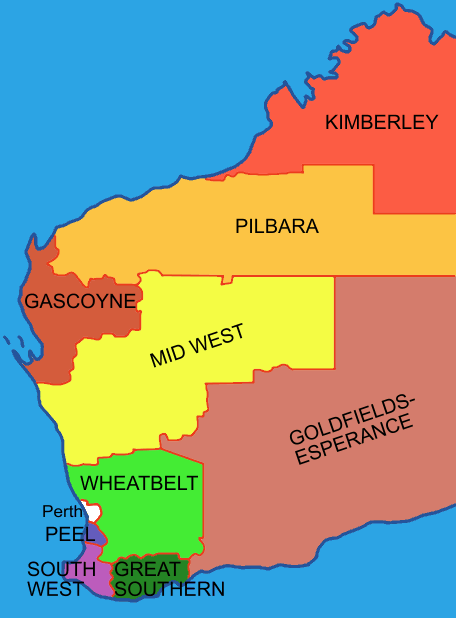“A diamond is forever”— this is the marketing tagline introduced by the famous gem company De Beers some six decades ago to promote the sales of its diamonds. However, it’s safe to say that this is not just a regular promotional overstatement. The never-ending fad and infatuation associated with diamonds bear out the hyperbole of this statement.
To shed some more light on the human’s fixation with this colorless brilliant gemstone, we are going to discuss the most expensive diamonds that have ever been sold in auctions around the world.
1) Magnificent Oval Diamond
This absolutely colorless diamond is more expensive than any variant of the same cut and carat with slight color undertones. Gemological Institute of America (GIA) classifies the color of diamonds on a scale which starts from the D and ends at Z. D grading signifies a pure colorless diamond.
The Magnificent Oval Diamond sold in an auction held in Hong Kong in October 2013 was a D-graded specimen with an enormous weight of over 118 carats. It is important to mention that the original uncut Magnificent Oval was around 300 carats and there are very few above-100-carat colorless diamonds in the market. Magnificent Oval succeeded in fetching a great price because it was the first such stone from Asia. It was sold at $31 million.
2) Sweet Josephine
On November 11, 2015, in an auction center in Geneva, Switzerland, a father brought a fancy colored diamond for his daughter for just $28.69 million dollars. The father was Joseph Lau, one of the richest men of Hong Kong with the track record of buying expensive fancy diamonds for his children. Lau made the highest bid for this diamond so he could gift it to his seven-year-old daughter Josephine.
This diamond’s weight is slightly more than 16-carat. The diamond has a strong undertone of vivid pink, giving its luminosity a unique characteristic. After winning the bid, Lou named the diamond ‘Sweet Josephine’. Needless to say, seven-year-old Josephine was probably more thrilled to have a Bobby Doll than and $28.69 million dollar diamond, but if she gives it to Bobby, that would be the most expensive doll in the world. Either way, it is a win-win for them!
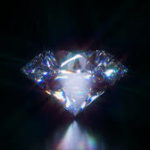
3) The Zoe Diamond
Bunny Mellon was a famous American horticulturist, gardener, philanthropist, and art collector. In the auction of some of her belongings after her death in 2014, a 9.75-carat diamond was sold at the double price of its initial estimates. The vivid blue diamond was purchased by a private collector for a whopping $32.6 million who named it ‘The Zoe Diamond’.
4) The Orange
In yet another auction held in Geneva, a diamond with heavy orange tones set the record for having the highest per carat price tag for any colored stone. This fancy vivid orange diamond weighed 14.2 carats and fetched the price of $32 million.
This colored diamond also succeeded in getting that huge bid due to its provenance. The stone originally belonged to the early 20th century Bolivians industrialist Simon Iturri Patino. He was one of the wealthiest men of the time and also known as ‘the Andean Rockefeller’.
5) The Princie Diamond
The Princie Diamond is one of the largest known intense pink diamonds in the entire world. It’s named ‘Princie’ because of its princely origin. This 34.65-carat heavy diamond originally belonged to Hyderabad, the princely state of pre-Partition India. It is believed that this precious gemstone was mined from an ancient mine in India.
The Princie Diamond was sold at $39.3 million in 2013 in New York, making it one of the most expensive pink diamonds. It is interesting to note that the Princie Diamond couldn’t fetch the estimated bid of $45 million.
6) Blue Moon of Josephine
This is another colored diamond that was auctioned on November 11, 2015, and also bought by Joseph Lau for his daughter. This stone was a magnificent piece of the fancy vivid blue exhibition with a weight of 12.03 carat. Lau made the bid of $48.6 million for the stone to outdo all the collectors in the auction.
Like Sweet Josephine, this diamond was also named by Lau after his daughter. As per some reports, Blue Moon of Josephine was actually a 29.62 carat uncut stone that was faceted in the long and exhaustive process spanning six months. Maybe Josephine should get a second Barbie doll?
7) Winston Pink Legacy
This pink beauty was sold at auction in Geneva in November last year. This 18.89 diamond with an intense pink color exhibition got the successful bid of $50 million. This diamond succeeded in getting that incredible bid because it had become an obsession of Nayla Hayek, the newly appointed CEO of Harry Winston.
Harry Winston Inc. is an elite jewel company based out of Switzerland that only deals in luxury gemstones and Hayek plans on acquiring all the famous and large gemstone from around the world. Winston Legacy Diamond was originally owned by the family that was once at the helm of De Beers Group of Companies.
8) Oppenheimer Blue
This fancy vivid blue diamond weighing 14.62-carat was also once the property of Oppenheimer, the family that managed De Beers. So, the diamond was aptly named after its owner Sir Philip Oppenheimer. Besides having an alluring origin, this diamond is also rare due to its unique emerald-like cut and chromatic exhibition. Oppenheimer Blue was sold at $56.8 million during an auction in Geneva in May 2016.
9) CTF Pink Star
This is the most expensive diamond ever sold in any auction in modern times. Weighing at tremendous 132.5-carat, this vivid pink blue diamond was the largest flawless color diamond specimen graded by GIA. The stone was originally called Steinmetz Pink. Steinmetz was the firm that acquires the rough cut of this pink diamond from South Africa and faceted into its current shape.
In April 2017, the stone was bought by the famous Hong Kong conglomerate Choi Tai Fook that deals in real estate, hotels, and departmental stores as well as jewelry. After making a successful bid, the stone was named after the acronym of the company.
These whopping auction bids clearly indicate that the human fascination with diamonds hasn’t waned a bit and nor is it going to come down any time soon.


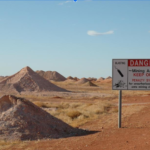 Even in the opal-rich fields of South Australia, one needs luck, months and even years of patience to come across this rare gem. Potential miners spend hours in the sun waiting for a fortune that can be made on the sale of opal. The market for larger pieces of opal can go north of $1 million because of high demand from jewelers and fashion brands.
Even in the opal-rich fields of South Australia, one needs luck, months and even years of patience to come across this rare gem. Potential miners spend hours in the sun waiting for a fortune that can be made on the sale of opal. The market for larger pieces of opal can go north of $1 million because of high demand from jewelers and fashion brands. 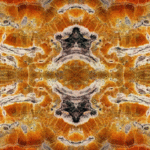

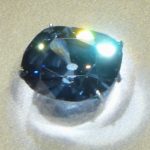 The Hope Diamond
The Hope Diamond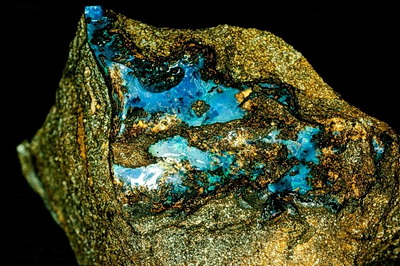



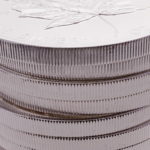 Silver is perhaps the most overlooked precious metal, as most people tend to focus more on gold and platinum. However, it has most of the same properties as gold, and even offers important technological and electronic applications.
Silver is perhaps the most overlooked precious metal, as most people tend to focus more on gold and platinum. However, it has most of the same properties as gold, and even offers important technological and electronic applications. 


 Photo
Photo